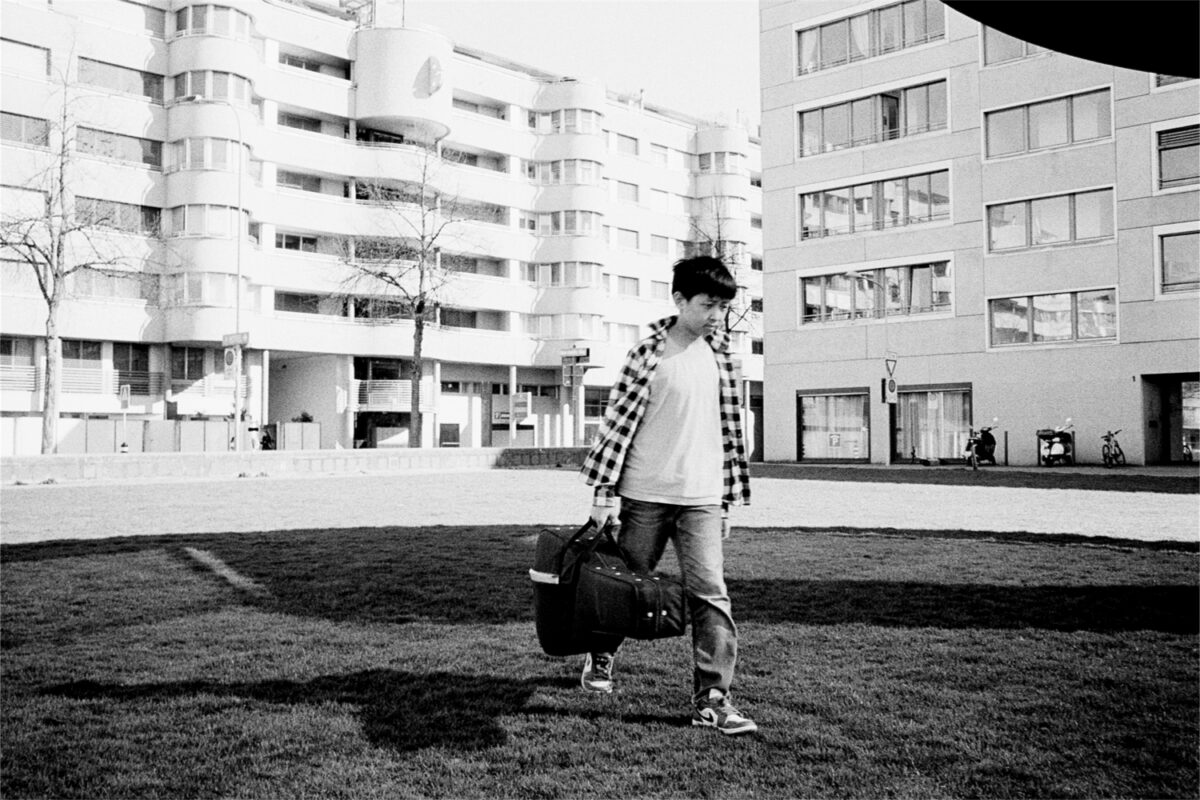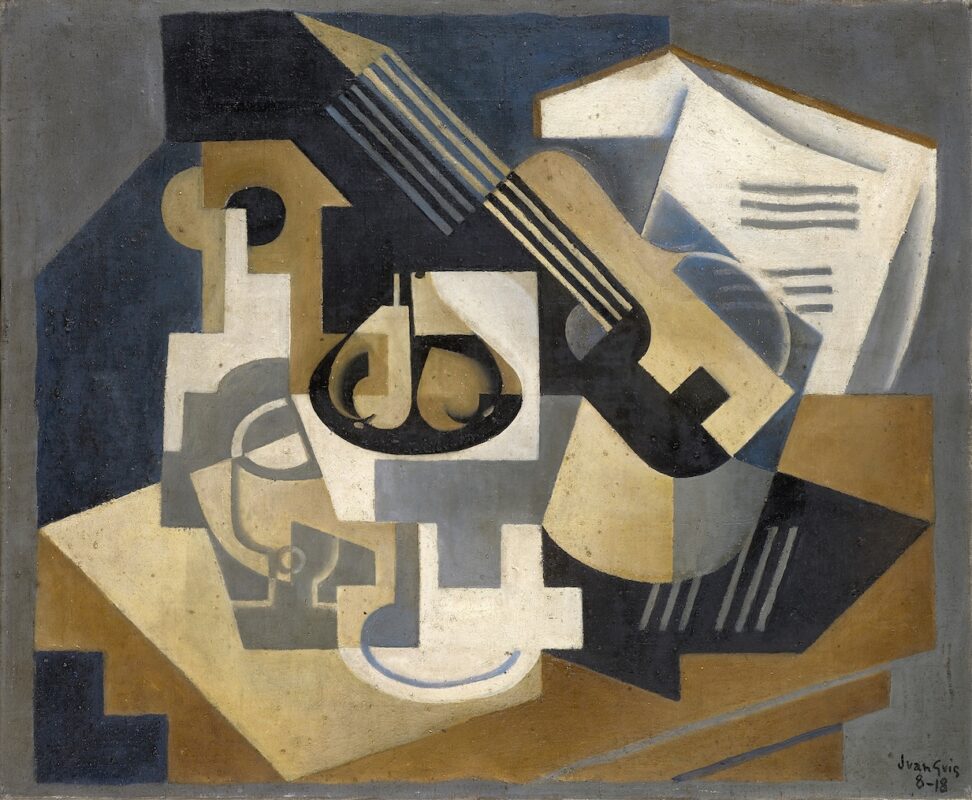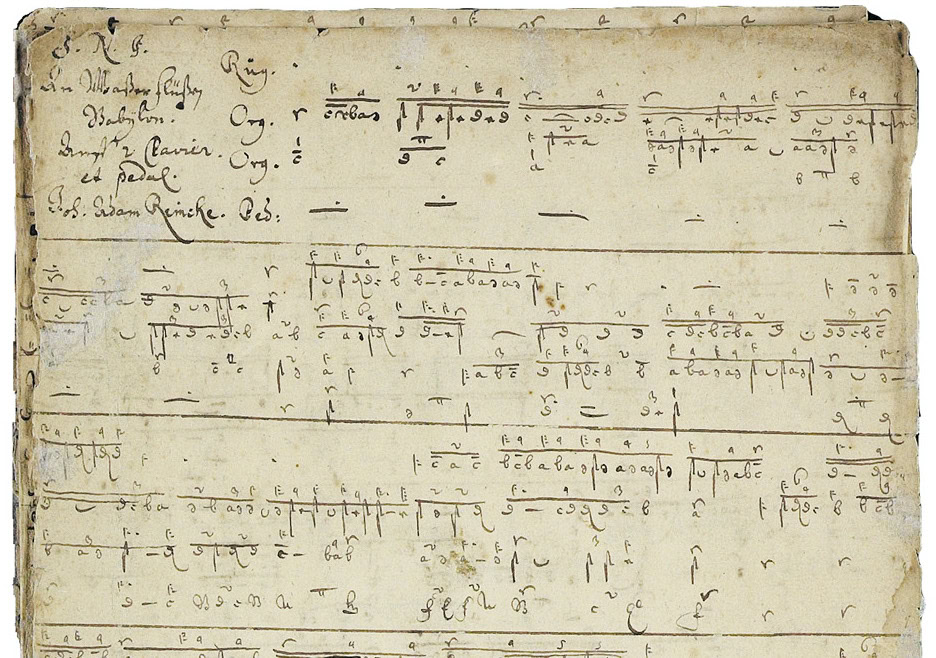From the viola da gamba to the flute
Leona Rötzsch has opened up new repertoire for the transverse flute with her arrangement of Telemann's viol fantasias.
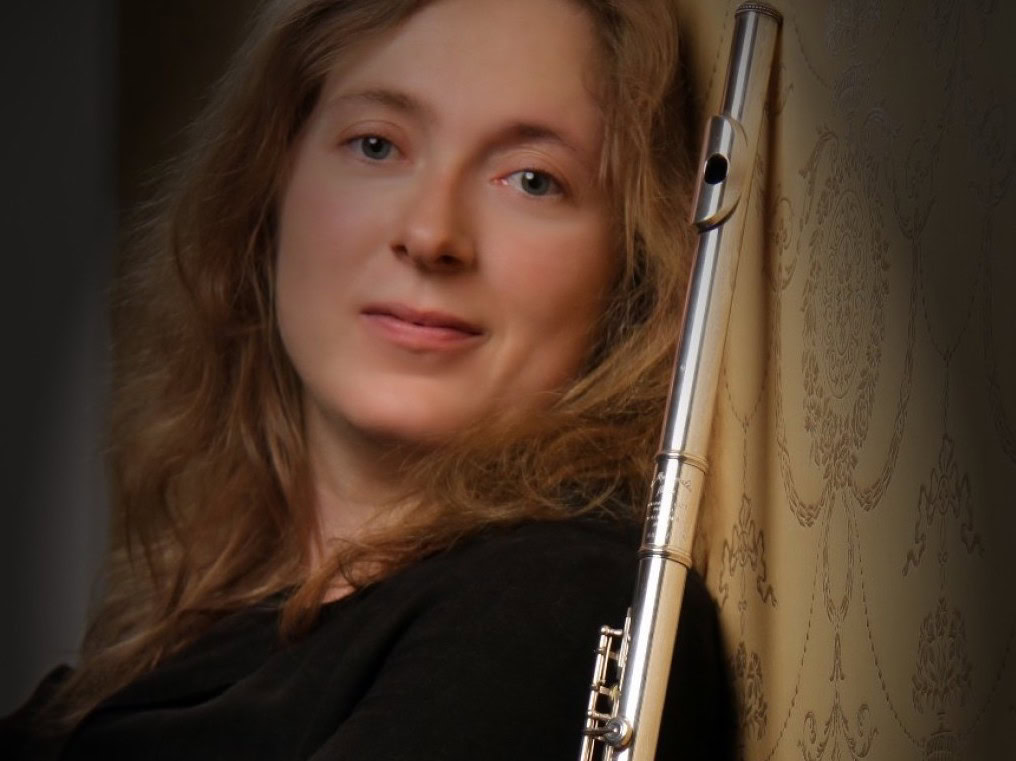
Georg Philipp Telemann, one of the most prolific composers of the Baroque period, composed twelve fantasias each for transverse flute, violin and viola da gamba in the twelve fundamental keys. The twelve fantasias for viola da gamba solo (TWV 40:26-37) are characterized by their variety of styles and musical ideas as well as their own expression and character, which makes them particularly interesting for an arrangement.
Their transposition to the flute poses a particular challenge. As the six-string viol has a wider range than the flute, the editor Leona Rötzsch has usually transposed the fantasias upwards by a minor or major third. This means that fewer octave shifts are necessary. The respective original key is indicated. In the arrangements, the range extends from B' to G''', with alternatives noted for the minor B. In contrast to the flute, the viola da gamba allows a wide range of chords and double stops. In the transcriptions, these passages are often arpeggiated or resolved. Leana Rötzsch finds interesting solutions for this in the Grave of Fantasia No. 4, for example, where she replaces the original progression in double stops with preluding phrases around the two notes of the double stop.
The stylish arrangements of the fantasias for viola da gamba represent an exciting expansion of the repertoire for transverse and transverse flute and open up new possibilities for interpretation.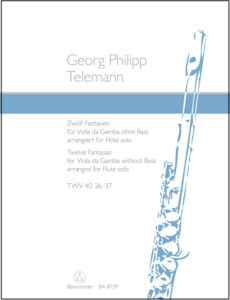
Georg Philipp Telemann: Twelve Fantasias for viola da gamba without bass TWV 40:26-37, arranged for flute solo and edited by Leona Rötzsch, BA 8739, € 17.95, Bärenreiter, Kassel






